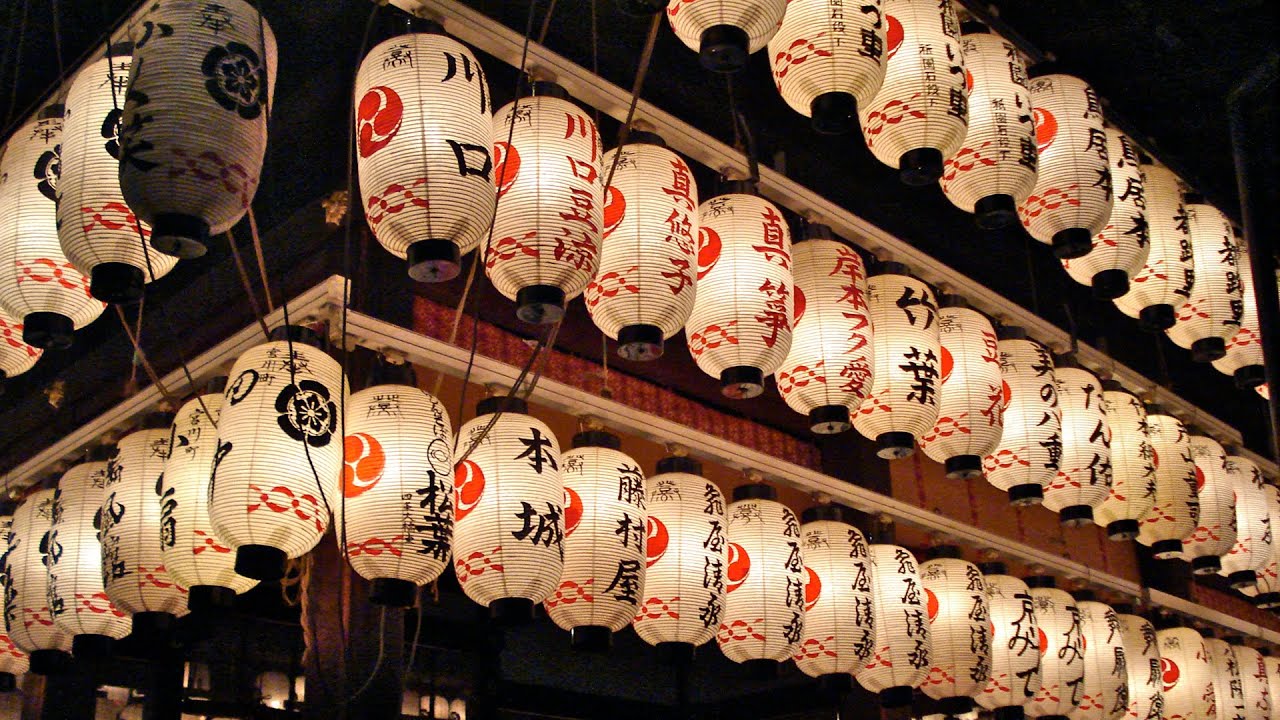The Talisman of Ise, Emblem of the Japanese Empire

Key information
- Date
- Time
-
5:00 pm to 7:00 pm
- Venue
- Russell Square: College Buildings
- Room
- Khalili Lecture Theatre (KLT)
- Event type
- Event highlights
About this event
The so-called Ise taima, issued by the Imperial Grand Shrine at Ise, is the talisman of the supreme deity of the nation and the State, the ultimate and most significant emblem of Japan. Its history, import, and role.
If we trust the eyewitness testimony the German physician Kaempfer gives us of the Ise Talisman at end of the 17th century, the Ise or Jingu taima as it is called today still corresponds, in form and purport, to what it appears to have been three centuries ago: a piece of paper or a wooden tablet, measuring a hand- to a foot long, either of the classic sword-tip shape or upright rectangular, bearing in vertical script the name of the Deity of Ise and her Shrine, endorsed with its vermilion seal.
The taima is issued, then as now, in the name of the deity of the Grand Shrine and distributed to (ideally) every family of Japan. It has its honoured place in the living room, on a shelf above eye-level, to be revered there daily by the household head. The talisman’s efficacy being naturally limited to the cycle of the four seasons, it is purveyed to the population every year anew, through the pyramidal network of Shintô shrines, from the Grand Shrine of Ise down to the remote village sanctuaries and their parishioners.
Through it, every household, constituent of the local community and of the nation, pays daily homage to the tutelary deity of Japan. The veneration of the taima thus amounts to the cult of the trinity consisting of the Deity of Ise, the Emperor, and Japan, the organic State of which the worshipper is part.
The only essential change has occurred in the first few years of the Enlightened Government’s attempt to reinstate the imperial rule, such as it was supposed to have reigned a thousand and more years ago, in pristine Japan. The ideologists of the Department of Shintô now conceived of Japan, the State, as an organism headed by the living Emperor, descendant of the supreme deity of Ise, animated by and living in the Way of the Gods. The talisman is hencefortg issued in the name of the Imperial Grand Shrine, and has become the perfect emblem of the Empire of Japan–and as such an ideal instrument of statecraft.
At the height of the Pacific war, in 1943, more than 13 million items were sent out on the main islands alone, meaning to 96% of all households. To this must be added a further 4 million that went to the Japanese population of the Empire’s “outlying territories”: Chôsen, Taiwan, the Ryûkyûs, Manchuria, Sakhalin, and the Pacific islands, altogether well exceeding 17 million. In today’s Japan it is supposed to be present in approximately half of the nation’s households consisting of three members or more.
Event recording
About the speaker
Josef Kyburz is a Senior Research Fellow, now retired, of the French Centre national de la recherche scientifique (CNRS), member of the Centre de recherches sur les civilisations de l'Asie orientale (CRCAO). His Ph.D. thesis on the religious life of a Japanese rural community was based on several years of ethnographical fieldwork in a mountain village of Central Japan.
He also holds a degree in Ethnology and another one in Korean Studies (with concomitant fieldwork in Korea). During his academic career, he taught at the University of Paris Nanterre, and was guest professor at Chonnam University in Korea, the University of Zürich (Switzerland) and Hôsei University in Japan. He was also President of the European Association of Japanese Studies (EAJS) as well as of the Société française des Études japonaises (SFEJ).
His repeated field work in Japan and Korea bore on popular creeds and cults, in the last few years particularly on amulets and talismans in Far Eastern cultures.
- Organiser: SOAS Japan Research Centre
- Contact email: centres@soas.ac.uk



